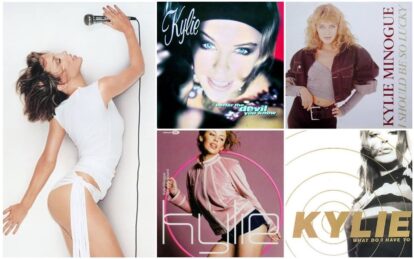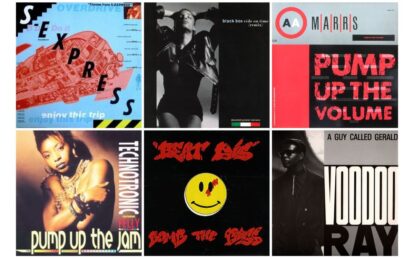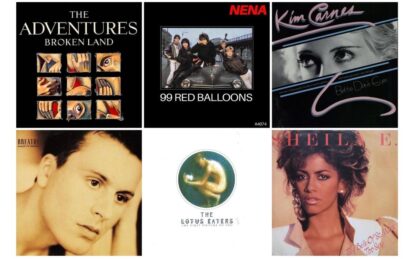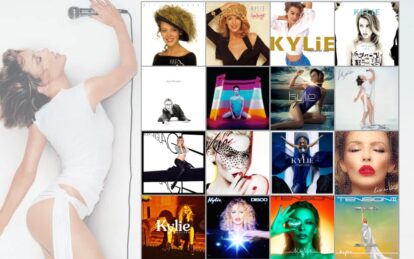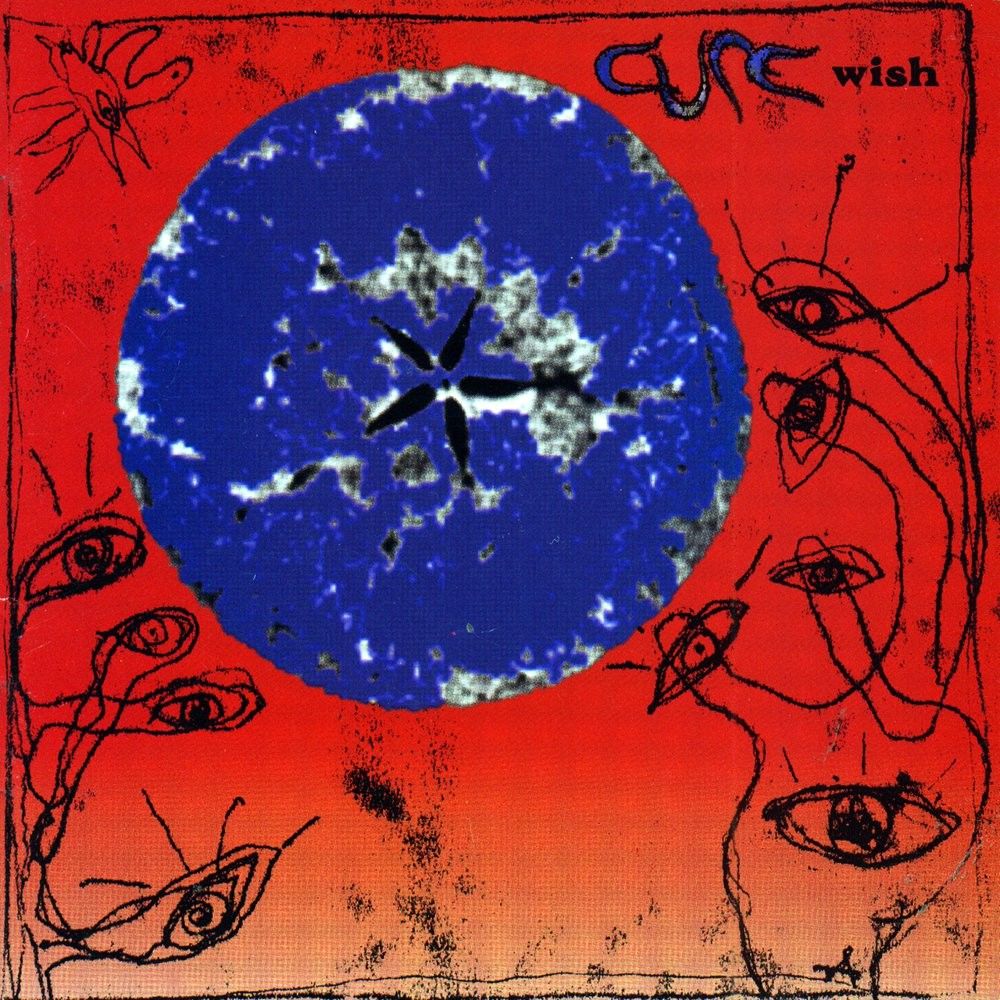 In our latest Lowdown, we look back on the albums and singles of The Cure…
In our latest Lowdown, we look back on the albums and singles of The Cure…
Of all the bands that emerged in the aftermath of punk in the late-Seventies, few have proved to be as enduring as The Cure.
Having formed bands at school as a coping mechanism to combat his feelings of being an outsider after his family moved to Crawley from Blackpool as a child, Robert Smith played in a variety of groups before forming The Easy Cure in 1976.
The band specialised in dark, spiky guitar pop and began gigging and recording demos, one of which, Killing An Arab, found its way to Chris Parry, an A&R rep from Polydor Records.
By December 1978, the band was called The Cure, and Parry had arranged to have the song released on indie label Small Wonder, before leaving Polydor to start his own label, Fiction, and taking The Cure with him.
With their debut album, Three Imaginary Boys, and an exhaustive touring schedule, the band were lauded by the music press and built up a huge following of fans that related to the intensely dark, gloomy dirges which dominated their first four albums, seeing them pitted as poster boys for the burgeoning goth-rock scene.
Themes such as abandonment, addiction and depression loomed large in their work and the constant anguish took its toll in 1982 before line-up changes (the first of many) and moonlighting with Siouxsie & The Banshees forced a reboot of the band, introducing a new quirkier, poppier sound, revealing them to be masters of light as well as shade, and revealed their trademark smudged lipstick and bird’s nest hairdo image.
1983’s The Love Cats gave them their first Top 10 single and set them begrudgingly on a path to worldwide success, endearing them to an ardent army of acolytes who have faithfully supported the band in its various line-ups, side projects and musical changes, showing great devotion to them for more than four decades.
The must-have albums
Pornography, 1982
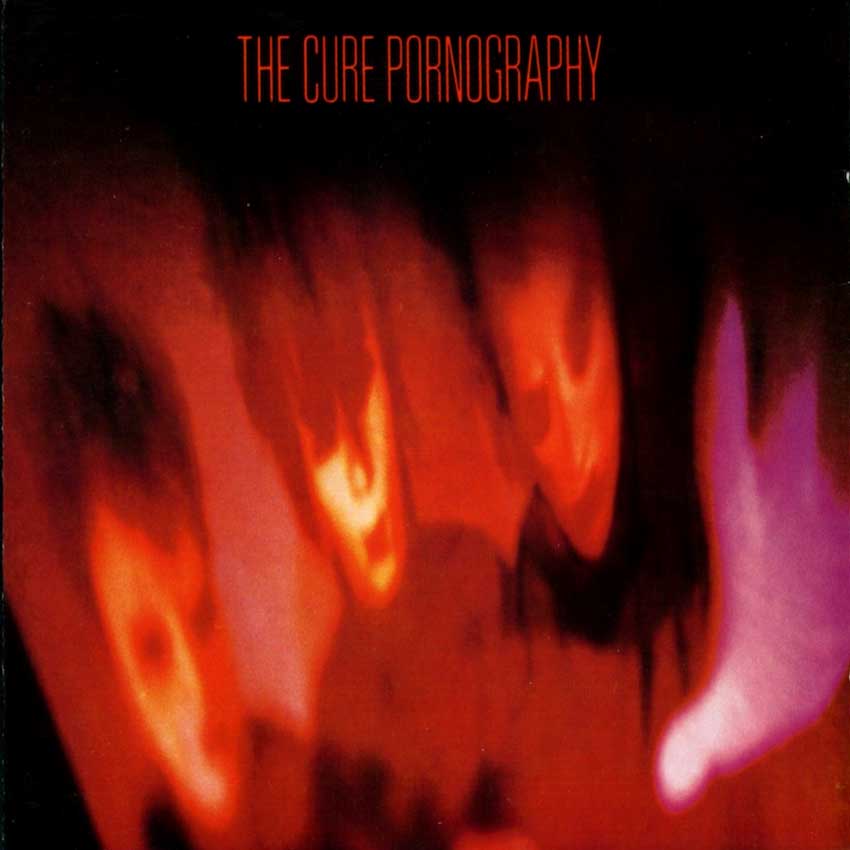
The Cure albums singles – Pornography
By the time The Cure released their fourth album in 1982, they were widely acknowledged as one of the key acts of the goth-rock movement. Having got progressively darker with each album, Pornography was their rock bottom – a searing morass of pain and anguish.
“I was in a really depressed frame of mind between 1981 and 1982,” Robert Smith said. “We had been touring for about 200 days a year and it all got a bit too much because there was never any time to do anything else. I had two choices at the time, which were either completely giving in [committing suicide] or making a record of it and getting it out of me.”
Although it was criticised upon release for its persistent misery, the album has since been reappraised as a painfully honest depiction of the mental torture the band were enduring at the time due to depression and drug and alcohol abuse, and is now widely regarded as a seminal release because of its subsequent influence on goth as a genre.
Despite The Hanging Garden being the album’s sole minor hit, Pornography reached No. 8 in the UK chart.
The Head On The Door, 1985
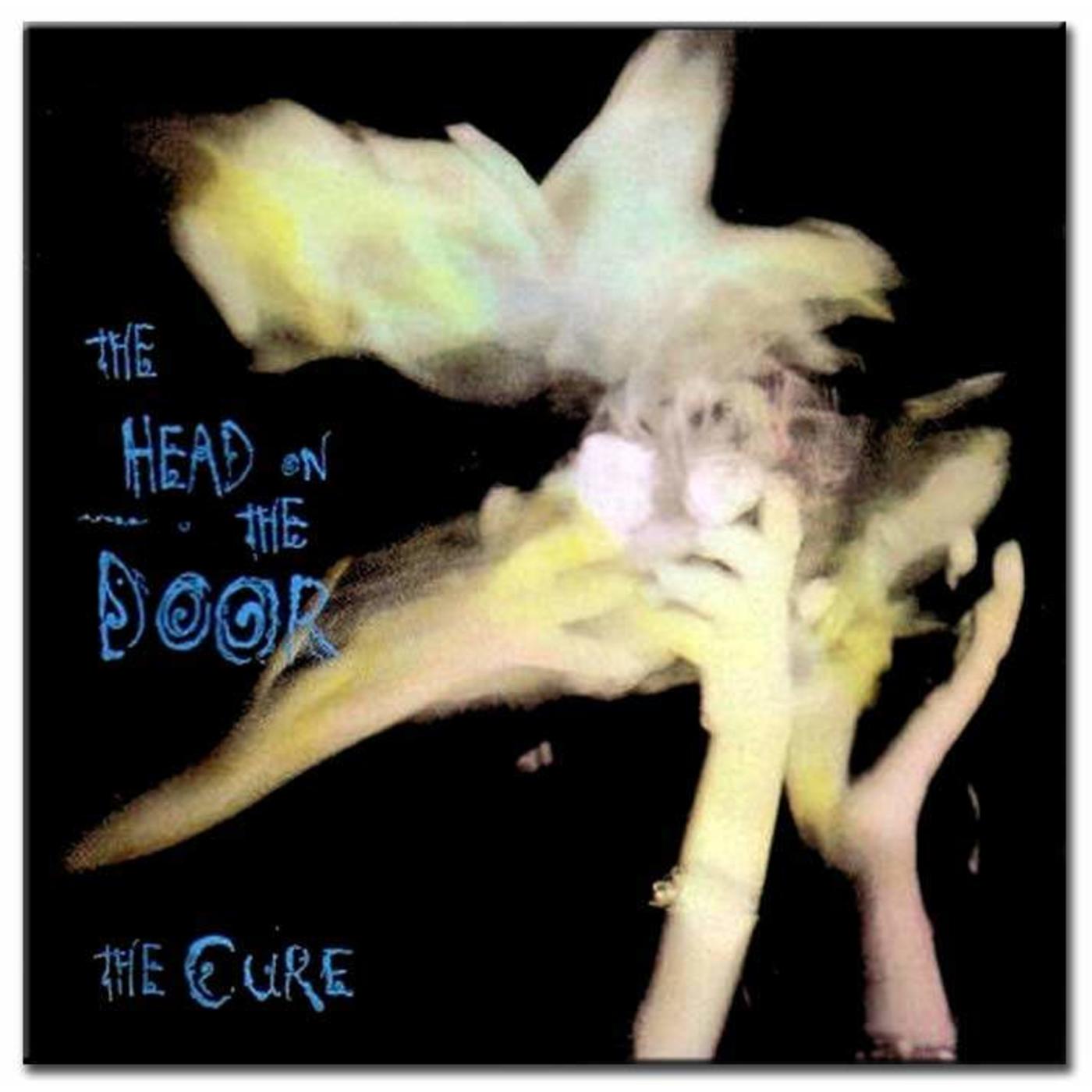
The Cure albums singles – The Head On The Door
After a spell of releasing increasingly dark material, the ever-changing Cure returned in 1985 with The Head On The Door, an album that signalled a new line-up (making the band now a quintet) and a fresh musical direction.
Citing his old band Siouxsie & the Banshees, Human League and New Order as influences, Robert Smith wrote the entire album and proved himself a versatile songsmith (no pun intended) as adept at crafting unabashed pop melodies as he was angst-ridden anthems.
In Between Days, which had already been a hit prior to the album, determined the standard and pace of The Head On The Door, which continued throughout with an impressive run of perfectly produced concise tracks comprising Push, on which Robert relates his experience of irrational hatred, followed by A Baby Screams, Close To You and the monumental A Night Like This before climaxing with Sinking.
The fresh sound and outlook paid off, with the album becoming their most successful to date, reaching No. 7 in the UK as well as opening the band up to larger audiences in Europe and the US.
Kiss Me, Kiss Me, Kiss Me, 1987
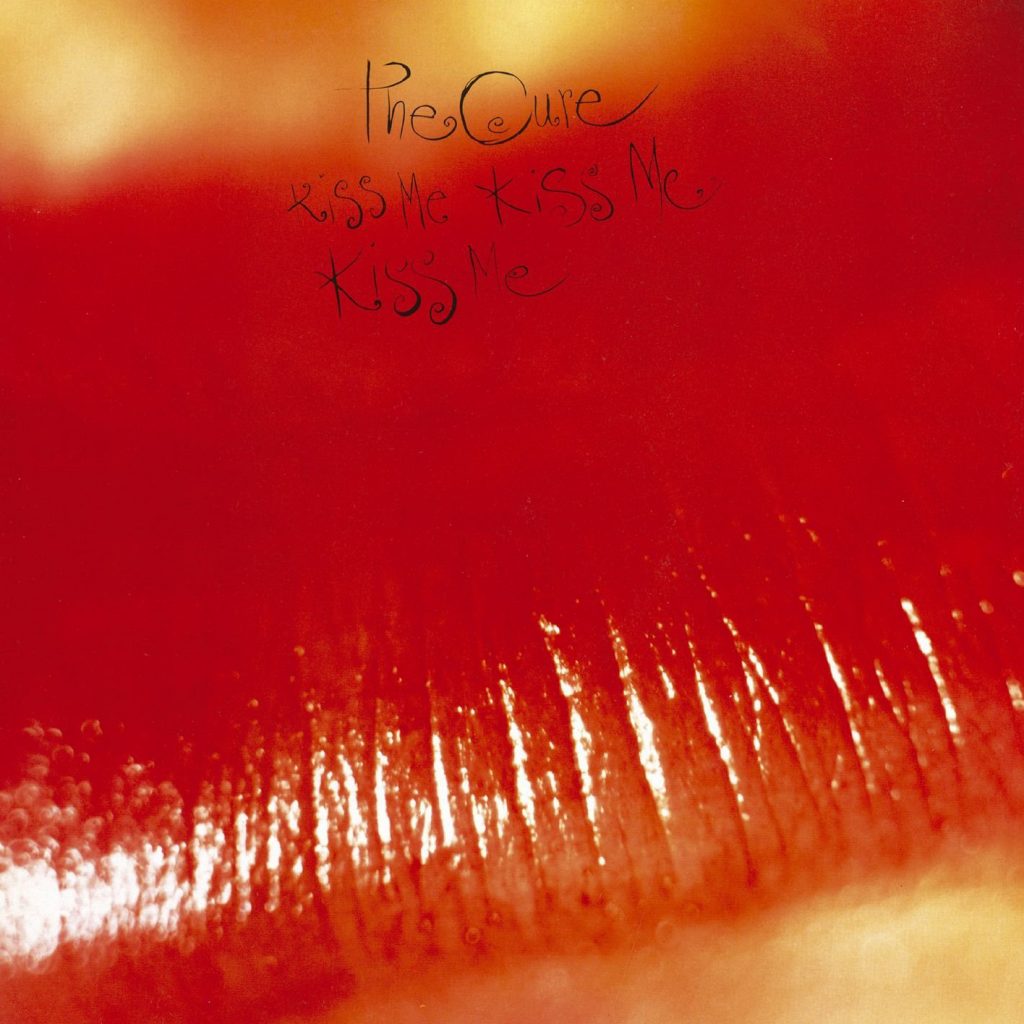
Continuing to hone the pop sensibilities he displayed on The Head On The Door, Robert Smith once again shows his versatility as a songwriter, displaying his range from upbeat, danceable tracks such as Catch and How Beautiful You Are to the menacing The Snakepit, the eastern goth of If Only Tonight We Could Sleep, the beautiful One More Time and A Thousand Hours to the glorious hits Just Like Heaven and Why Can’t I Be You?
The album may be varied in style, but it’s utterly consistent in quality. Even at 18 tracks and more than 70 minutes in length, Smith said that he had so many songs that it could have been a triple album, with leftover material relegated to B-sides… though The Cure’s B-sides are renowned for being of a similar high standard to album tracks and even singles.
Disintegration, 1989
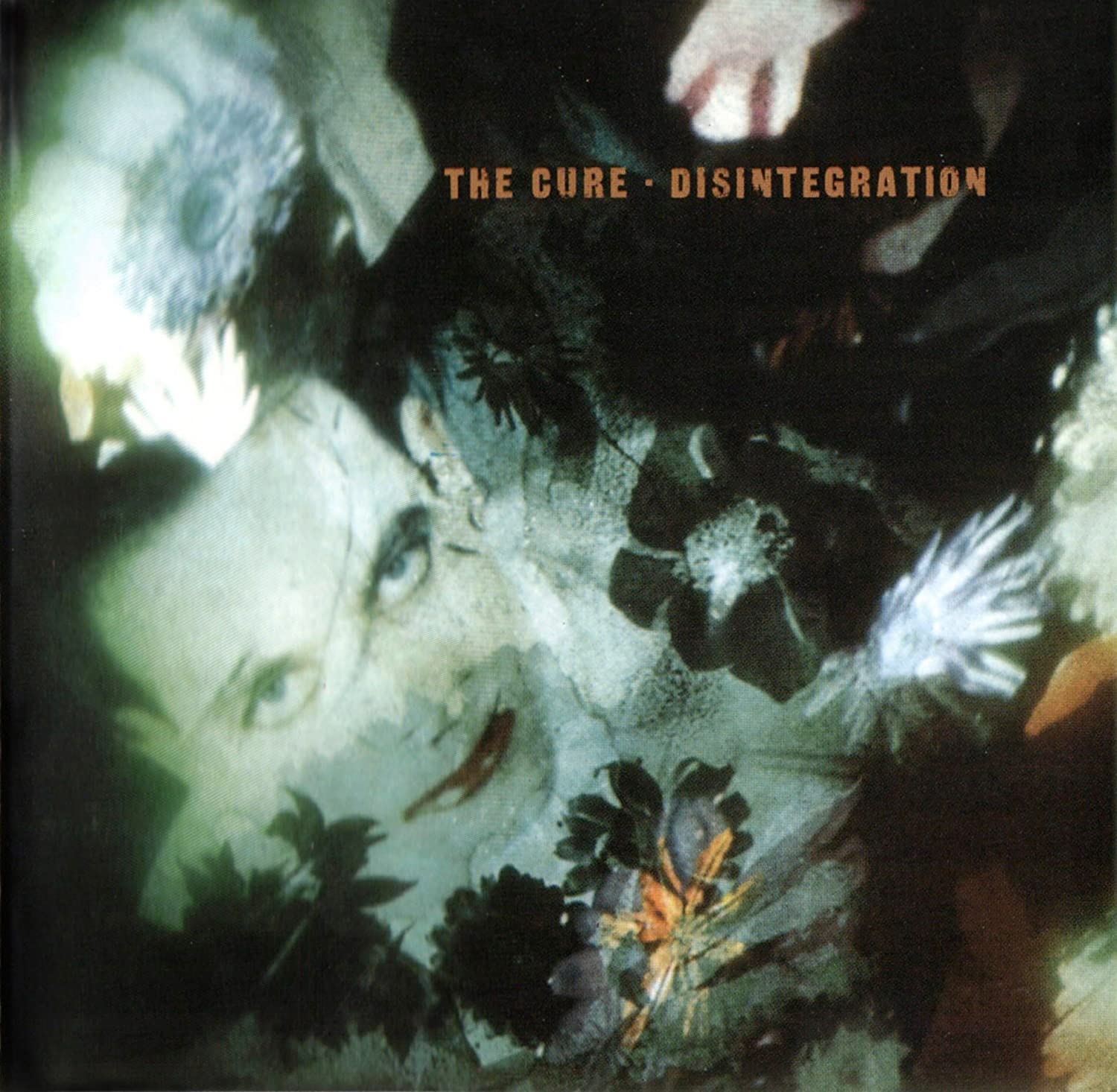
The Cure albums singles – Disintegration
Having spent the Eighties as one of the defining groups of the decade, The Cure ended it on a high with the release of Disintegration, their ultimate masterpiece.
Dismayed at the thought of turning 30, troubled by inter-band rows and at how The Cure had become a stadium rock band – “which was exactly what I didn’t want us to become” – Robert Smith had begun using drugs again, particularly LSD, to combat his depression.
These issues became the catalysts for Disintegration – a trippy take on the gloomy aesthetic of their earlier works such as Pornography.
Disintegration is the album on which all the past deviations and experimentations with different styles align to create the band’s true sonic identity.
While the poppier moments such as Love Song (a wedding present for Robert’s wife) and Lullaby gave The Cure their biggest hits to date, they were matched quality-wise on the album by the blissful Pictures Of You and Fascination Street as well as the sprawling Same Deep Water As You, Homesick and the title track. Disintegration reached No. 3 on the UK album chart, again a career best to date.
- Read more: Making The Cure: Disintegration
And the rest
THREE IMAGINARY BOYS, 1979
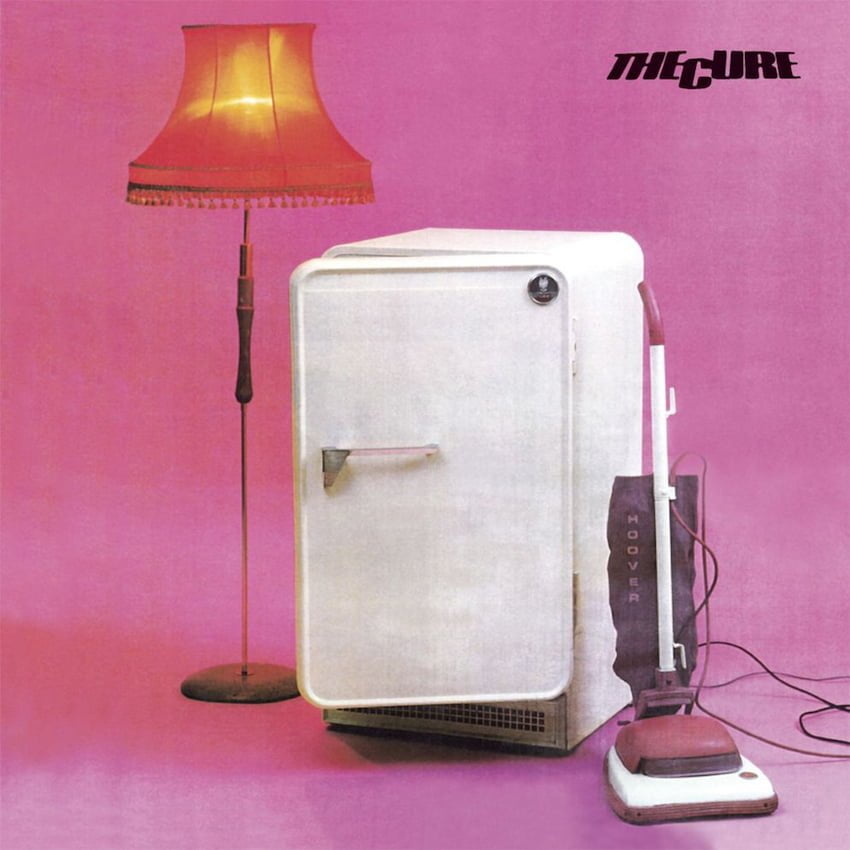
Even though it’s their debut, their promise shines through with tracks such as 10:15 Saturday Night, Fire In Cairo, Accuracy and Meat Hook standing up still among their best works to date.
Smith went on record bemoaning the fact that the record company had the final say on the album’s tracklist and artwork and included songs he wouldn’t have approved of, such as Object, World War and an ill-judged cover of Jimi Hendrix’s Foxy Lady, and has exerted ultimate creative control on every subsequent Cure release since.
SEVENTEEN SECONDS, 1980
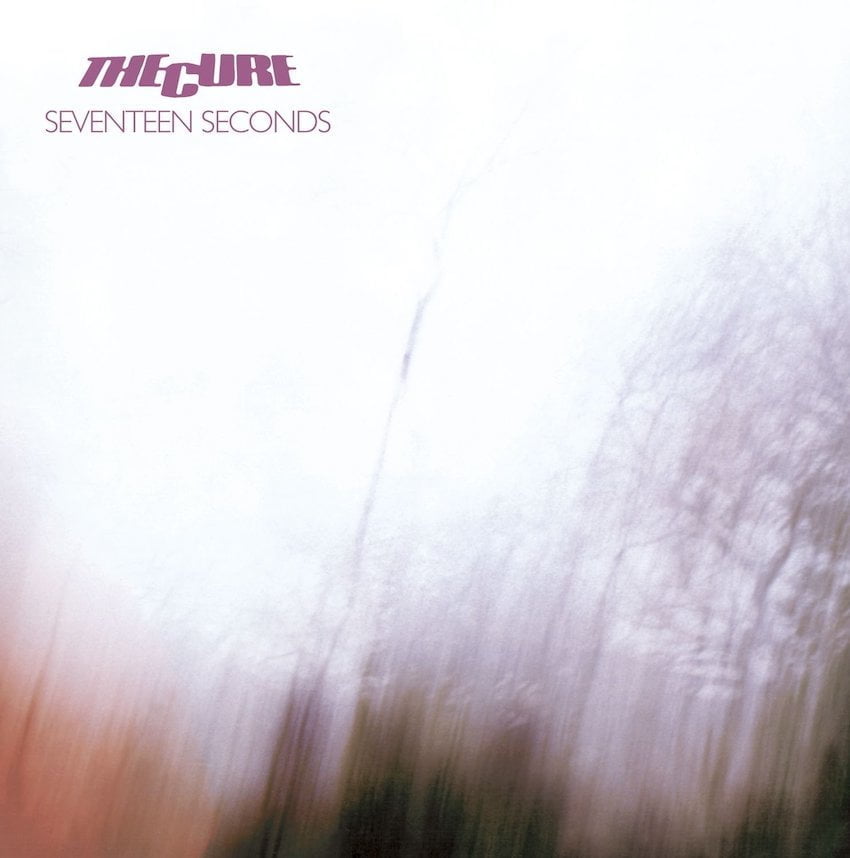
The Cure albums singles – Seventeen Seconds
Clocking in at just 35 minutes, the brevity of The Cure’s “difficult” second album was due to budgetary restrictions, not because of a lack of inspiration.
The songs were pouring out of Smith, with the entire album written in just two sessions at his parents’ home on a Hammond keyboard – an instrument which would add a worthwhile dimension to The Cure’s sparse sound, transforming it from post-punk to the early example of what would become goth.
As they had very little money available, the entire album was recorded and mixed in just seven days at a cost of £2,500 as that was all the studio time they could afford, meaning they had to work around the clock to finish it – regularly working 17- to 18-hour days. A Forest, the album’s only single, became their first chart hit, reaching No. 31 in the UK.
FAITH, 1981

The Cure albums singles – Faith
The second long-player in a gloom-laden trilogy of albums which would conclude on the following Pornography, Faith was depression personified by the grey fog that immersed not only the music but also the sombre artwork, all part of Robert Smith’s masterplan to create a work that would fit the description of “funereal”.
A haunting masterpiece, Faith is brimming with dark songs like The Holy Hour, Other Voices, The Funeral Party and The Drowning Man, all of which are chapters of a spooky journey taking the listener deep into the psychosis of depression, though not quite to the depths they would explore on the subsequent Pornography.
Faith heralded The Cure as one of the most inspiring bands of the burgeoning scene, and with their sombre sensibilities with an obvious knack for a pop hook, they were the act most likely to take goth from the underground.
WISH, 1992

The Cure albums singles – Wish
Now facing the daunting task of following up their greatest work, Wish arrived three years after Disintegration. The first Cure release of the Nineties, Wish saw the band compete with artists that had been influenced by them such as the alternative/shoegazer outfits of the time.
Although the album is undeniably poppier and happier than its predecessor on the surface, the lyrics maintain the despair and depression that wracked their earlier work. Tracks such as Trust and To Wish Impossible Things provide a balance to the overt happiness of High, Doing The Unstuck and Friday I’m In Love, while Open is one of their greatest ever songs.
The album was released to glowing reviews and entered the UK album chart at No. 1 and at No. 2 in the US where it would go on to sell 1.2 million copies and establish them as one of the biggest bands in the world.
- Read more: Making The Wish
The essential singles
THE LOVE CATS, 1983
The Love Cats arrived at a strange, uncertain time for The Cure. The Fourteen Explicit Moments Tour had strained relationships within the band, prompting Simon Gallup to leave, while Robert Smith told Melody Maker: “Do the Cure really exist any more? I’ve been pondering that question myself. It’s got to a point where I don’t fancy working in that format again.” He busied himself working and touring with Siouxsie & the Banshees.
Persuaded by the record label to continue as The Cure but to change their sound, the band released a trio of singles throughout 1983, Let’s Go To Bed, The Walk, and The Love Cats – which, despite being dismissed by Smith as “a joke” and “a parody”, was the most popular, giving them their first Top 10 hit. The song compares Smith’s feelings of being unloved and unwanted to cats being put in a bag and drowned.
IN BETWEEN DAYS, 1985
As purveyors of the morbid, The Cure had built up a loyal following throughout the early Eighties with their sulky, angsty songs but, following the brief flirtation with weird psychedelia on 1984’s The Top album, In Between Days, a jaunty danceable track heralded a new sound and was a taster of the direction the band were headed in with their next album, A Head On The Door.
By definition, the song was bittersweet, juxtaposing a charming New Order-esque melody with typically maudlin lyrics: “Yesterday I got so old I felt like I could die/Yesterday I got so old it made me want to cry/ Go on, go on, just walk away/ Go on, go on, your choice is made/ Go on, go on, and disappear/ Go on, go on, away from here.” The song was The Cure’s fourth consecutive Top 20 single in the UK and marked a breakthrough for the band in the US.
CLOSE TO ME, 1985
A highlight of The Head On The Door LP (where it appeared without the brass section), its second and final single and the song which gave the album its title, Close To Me was – like many of The Cure’s best pieces – inspired by one of Robert Smith’s vivid dreams. On this occasion it was a dream in which he was trapped in a wardrobe that fell off the edge of a cliff into the sea (the dream was perfectly recreated in the song’s video).
“It’s weird because of all the tracks we’ve written, Close To Me doesn’t spring to mind as one of our best songs,” Robert Smith later said. “It was a slightly surreal moment on the record and wasn’t even a definite album track during the recording. It was only when I did the vocal and got really extreme on the production, making it really claustrophobic sounding, that it came to life. Up till that point, it was average.”
JUST LIKE HEAVEN, 1987
Not only one of The Cure’s greatest love songs but one of the greatest love songs period, Just Like Heaven is the perfect encapsulation of the feeling where if you have your partner, you have everything. The climes of the South of France, where it was recorded, only added to its sunny demeanour.
“I knew as soon as I’d written it that it was a good pop song,” said Smith. “Although I didn’t realise it at the time, the structure is very similar to Another Girl, Another Planet by The Only Ones. The main difference is that as the song progressed, I introduced some different chord changes, which give it that slightly melancholic feeling.
“The song is about hyperventilating – kissing and fainting to the floor. Mary dances with me in the video because she was the girl, so it had to be her. The idea is that one night like that is worth 1,000 hours of drudgery.”
LULLABY, 1989
Robert Smith has described traditional lullabies as “songs with catastrophic endings”, with soothing melodies disguising tragic denouements. Lullaby, the lead single from Disintegration, is said to have been based on a recurring dream he had as a child in which he was eaten by a giant spider.
Smith has said that the song is about the fear of sleep; many have speculated that it is about drug addiction, which makes sense when considering lyrics such as: “And I feel like I’m being eaten by a thousand million shivering furry holes/ And I know that in the morning I will wake up in the shivering cold/ And the Spiderman is always hungry.” Lullaby was The Cure’s highest charting single in the UK, reaching No. 5 in April 1989.
FRIDAY I’M IN LOVE, 1992
Ironically, by the time The Cure released their first material of the 90s, the band regarded by many as the matriarchs of misery were providing a beacon of light and love in a grungy musical landscape awash with self-loathing and depression. As with Just Like Heaven, Friday I’m In Love is a joyous ode to the notion of living for the weekend.
“Friday I’m in Love is a dumb pop song, but it’s quite excellent, because it’s so absurd,” says Smith. “It’s so out of character – very optimistic and out there in happy land. It’s nice to get that counterbalance. People think we’re supposed to be leaders of some sort of ‘gloom movement’. I could sit and write gloomy songs all day long, but I just don’t see the point.”
- Want more from Classic Pop magazine? Get a free digital issue when you sign up to our newsletter!
Classic Pop may earn commission from the links on this page, but we only feature products we think you will enjoy.


